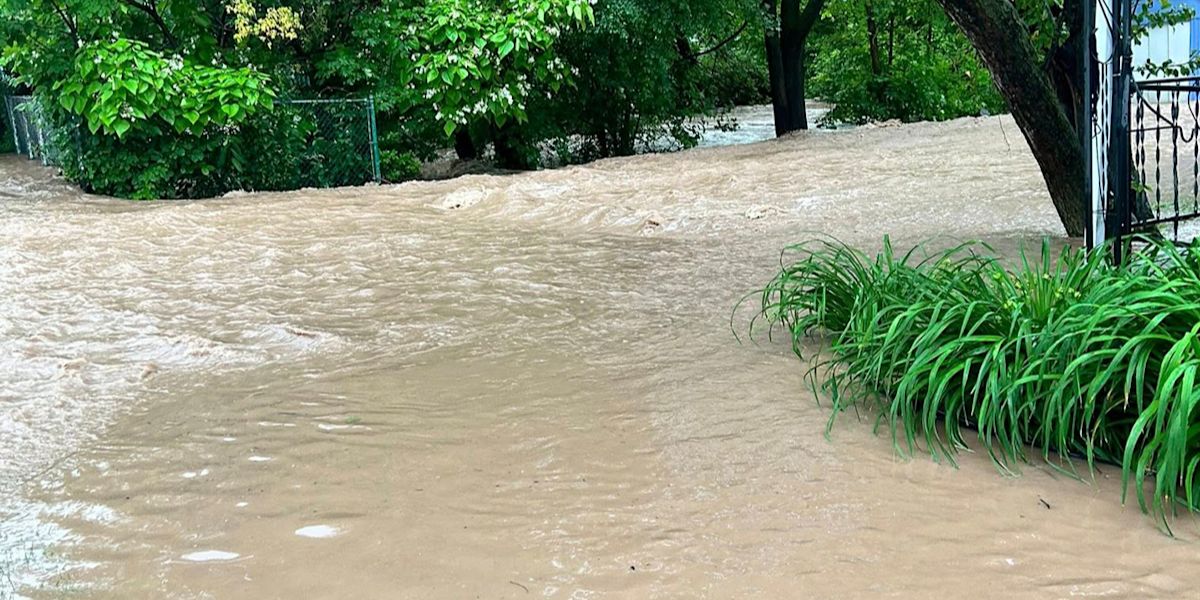A vast area of the country, from Texas to New York, is at risk of scattered severe thunderstorms beginning Tuesday, April 29. Severe weather is expected to persist in Texas until late Wednesday night.
According to the National Weather Service, more than 4 million people were under a severe thunderstorm watch in Oklahoma, Texas, Kansas, Missouri, and Arkansas. Hail up to two inches is also anticipated.
Northwest Texas is most vulnerable to destructive 75-mph gusts and storm clusters, but bands of storms with powerful winds will affect states ranging from Ohio to western New York, according to the Storm Prediction Center.
Meanwhile, a near-stationary cold front is forecast to drop heavy rain on already saturated areas in northern Texas, the majority of Oklahoma, and the Mississippi Valley. Another 2 to 4 inches might fall by the end of April.
“Numerous instances of flash flooding are possible by later today, some of which could potentially be significant,” the National Weather Service warned.
AccuWeather states that by 8 a.m. Tuesday, two independent reports of tornadoes and 1- to almost 3-inch hail had been received from Texas to the Upper Midwest.
On Wednesday, the cell is expected to move east, over parts of Texas, Oklahoma, Arkansas, and Louisiana. AccuWeather meteorologists predict a “moderate risk” of severe thunderstorms along Interstate 35 between Waco and Dallas to south of Oklahoma City.
Severe thunderstorms will move into West Texas about midnight Wednesday, posing threats as far as Wichita Falls.
By Thursday, a low-pressure wave is forecast to build over this region (the southern Plains) and move toward the Midwest. This will signal the end of the present severe weather threat to Texas.
According to AccuWeather, the risk comes a day after two consecutive days of severe thunderstorms peaked on April 28, with huge hail, claims of at least two tornadoes, and destructive winds.



